常见VOCs废气处理中三种工艺优缺点是什么?
第一种、VOCs废气处理中吸收法工艺原理
The first method is the absorption process principle in VOCs waste gas treatment
采用柴油、表面活性剂水溶液等吸收剂,通过气液接触溶解 VOCs,再经解析回收或处理,适用于水溶性或高沸点有机物。
Using absorbents such as diesel and surfactant aqueous solutions, VOCs are dissolved through gas-liquid contact, and then recovered or treated through analysis. It is suitable for water-soluble or high boiling point organic compounds.
优点
advantage
设备简单易维护:主要设备为吸收塔、解析塔,操作门槛低,适合中小规模企业。
The equipment is simple and easy to maintain: the main equipment is absorption tower and analysis tower, with low operating threshold, suitable for small and medium-sized enterprises.
成本可控:吸收剂可循环使用,相比吸附法减少耗材更换频率,运行成本较低。
Cost controllable: The absorbent can be recycled, reducing the frequency of consumable replacement and lowering operating costs compared to adsorption methods.
预处理要求低:对废气中的粉尘、颗粒物耐受性强,可同步去除部分气溶胶污染物。
Low pre-treatment requirements: Strong tolerance to dust and particulate matter in exhaust gas, and can simultaneously remove some aerosol pollutants.
缺点
disadvantage
处理效率有限:单一吸收法对非水溶性 VOCs(如苯乙烯)去除率仅 60%~80%,需搭配其他工艺(如冷凝、氧化)。
Limited processing efficiency: The removal rate of non water soluble VOCs (such as styrene) by a single absorption method is only 60% to 80%, and other processes (such as condensation and oxidation) need to be combined.
二次污染风险:吸收液解析过程可能产生含 VOCs 废液,需配套废水处理设施。
Secondary pollution risk: The absorption liquid analysis process may generate VOCs containing waste liquid, which requires supporting wastewater treatment facilities.
能耗与物耗并存:高粘度吸收剂需更高泵送能耗,且吸收剂挥发可能导致二次排放。
Coexistence of energy consumption and material consumption: High viscosity absorbents require higher pumping energy consumption, and the volatilization of absorbents may lead to secondary emissions.
第二种、VOCs废气处理中生物处理法工艺原理
The second method is the biological treatment process principle in VOCs waste gas treatment
利用微生物(细菌、真菌)的代谢作用,将 VOCs 分解为 CO₂和 H₂O,适用于低浓度(<1000mg/m³)、易生物降解的有机物(如酯类、醇类)。
By utilizing the metabolic processes of microorganisms (bacteria, fungi), VOCs are decomposed into CO and H O, suitable for low concentrations (<1000mg/m ) and easily biodegradable organic compounds (such as esters and alcohols).
优点
Advantages
环境友好:无需化学药剂,运行过程无二次污染,符合低碳环保理念。
Environmentally friendly: No need for chemical agents, no secondary pollution during operation, in line with the low-carbon environmental protection concept.
运行成本低:能耗仅为燃烧法的 1/10~1/5,微生物培养成熟后仅需补充少量营养剂。
Low operating cost: Energy consumption is only 1/10~1/5 of combustion method, and only a small amount of nutrients need to be supplemented after microbial cultivation is mature.
适应性强:可处理臭气与 VOCs 复合污染,适合恶臭气体(如硫醇、胺类)的协同净化。
Strong adaptability: It can handle the combined pollution of odor and VOCs, suitable for synergistic purification of odorous gases such as thiols and amines.
缺点
Disadvantages
处理周期长:生物降解速率较慢,需较大体积的生物滤池或生物滴滤塔,占地面积是传统工艺的 2~3 倍。
Long processing cycle: The biodegradation rate is slow, requiring larger volume biofilters or biofilters, occupying 2-3 times the land area of traditional processes.
条件敏感:温度(20~40℃)、pH(6~8)、含水率(40%~60%)需严格控制,低温或高浓度废气易导致微生物失活。
Condition sensitivity: temperature (20-40 ℃) pH(6~8)、 The moisture content (40%~60%) needs to be strictly controlled, as low temperature or high concentration exhaust gas can easily cause microbial inactivation.

成分限制:对苯系物、卤代烃等难降解 VOCs 效果差,需添加共代谢基质(如甲烷)促进分解。
Ingredient limitation: Poor effect on difficult to degrade VOCs such as benzene derivatives and halogenated hydrocarbons, requiring the addition of co metabolic substrates (such as methane) to promote decomposition.
第三种、VOCs废气处理中光催化氧化法工艺原理
The third type is the principle of photocatalytic oxidation process in VOCs waste gas treatment
利用紫外线(UV)激发 TiO₂等催化剂,产生羟基自由基(·OH)氧化分解 VOCs,适用于低浓度、中小风量废气。
Using ultraviolet (UV) radiation to excite catalysts such as TiO , hydroxyl radicals (· OH) are generated to oxidize and decompose VOCs, suitable for low concentration, medium and low air volume exhaust gases.
优点
Advantages
设备紧凑:模块化设计,占地面积小,可集成于现有通风系统,适合空间受限场景。
Compact equipment: modular design, small footprint, can be integrated into existing ventilation systems, suitable for space constrained scenarios.
低能耗启动:仅需 UV 灯与风机耗电,启动速度快,无需预热(区别于燃烧法)。
Low energy start-up: only requires power consumption from UV lamps and fans, with fast start-up speed and no need for preheating (different from combustion methods).
无耗材更换:催化剂寿命长(5~8 年),日常维护仅需定期清洁表面粉尘。
No consumables replacement: The catalyst has a long lifespan (5-8 years), and daily maintenance only requires regular cleaning of surface dust.
缺点
Disadvantages
处理效率低:单一光催化对 VOCs 去除率仅 50%~70%,且受 UV 光照强度限制,高浓度废气需多级串联。
Low processing efficiency: The removal rate of VOCs by a single photocatalysis is only 50%~70%, and it is limited by UV light intensity, requiring multi-stage series connection for high concentration exhaust gas.
副产物风险:部分卤代烃(如三氯乙烯)氧化可能生成光气等有毒中间体,需配套后处理装置。
By product risk: Some halogenated hydrocarbons (such as trichloroethylene) may oxidize to produce toxic intermediates such as phosgene, which requires a corresponding post-treatment device.
紫外灯衰减问题:UV 灯功率随使用时间下降(年衰减率约 10%),需定期更换以维持效率。
UV lamp attenuation issue: The power of the UV lamp decreases over time (with an annual attenuation rate of about 10%) and needs to be replaced regularly to maintain efficiency.
本文由VOCs废气处理友情奉献.更多有关的知识请点击:http://www.sdcjtz.com我们将会对您提出的疑问进行详细的解答,欢迎您登录网站留言.
This article is dedicated to the automatic shot blasting machine and friendship For more information, please click: http://www.sdcjtz.com We will provide detailed answers to your questions. You are welcome to log in to our website and leave a message
上一篇:电泳线安装流程详解
下一篇:在金属加工中多工位焊烟除尘设备有什么优势?

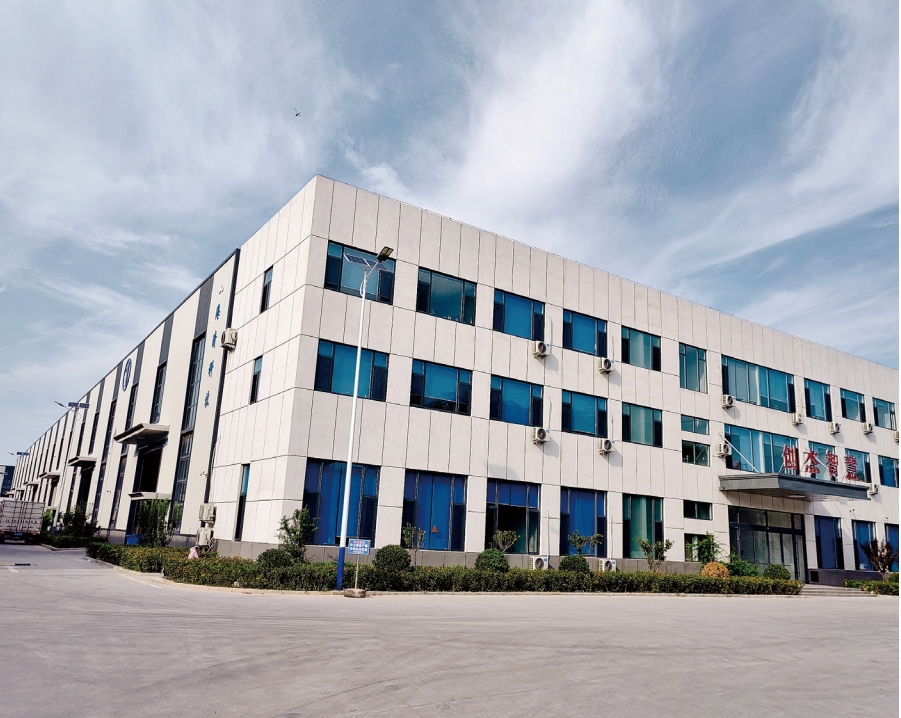
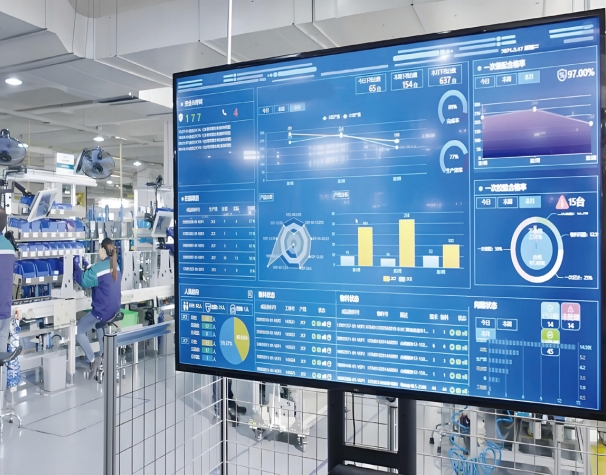
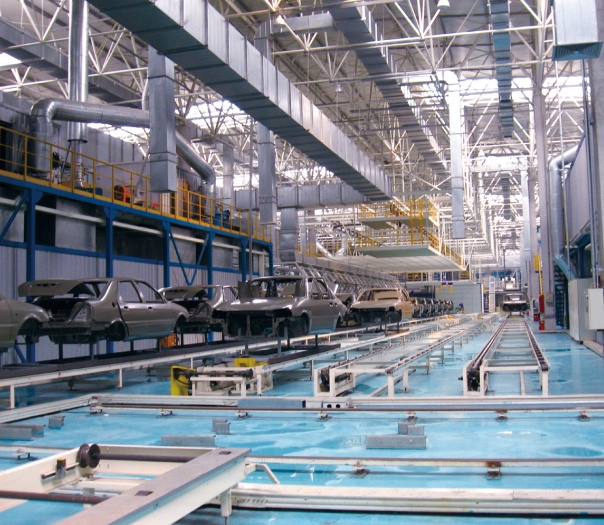
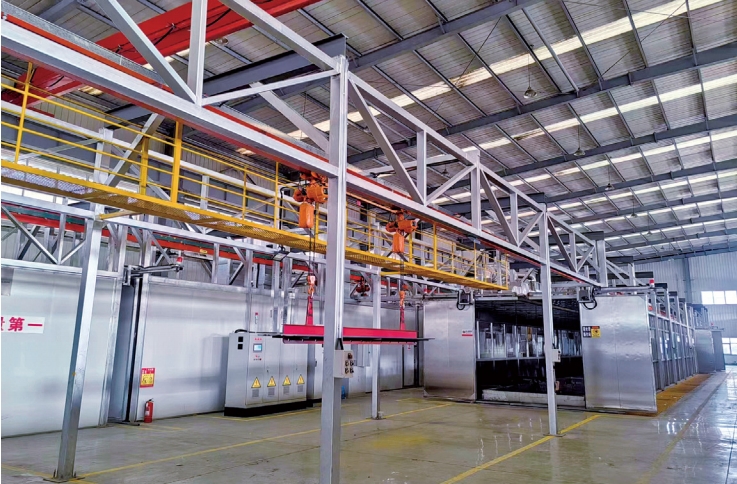
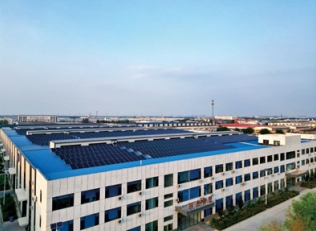
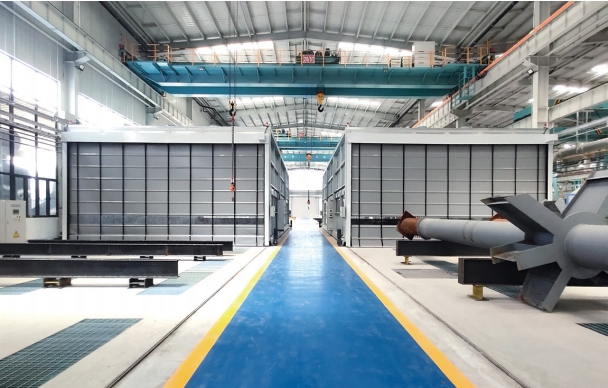
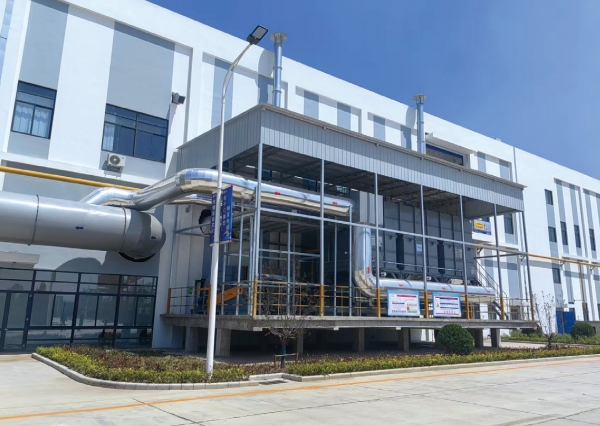
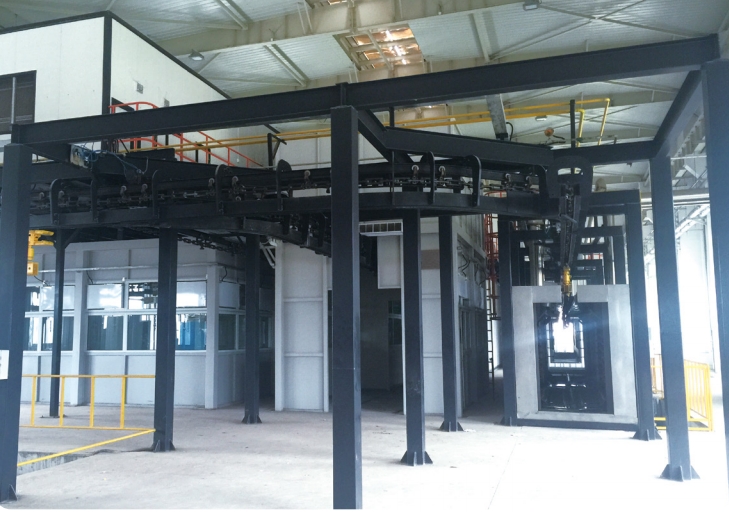
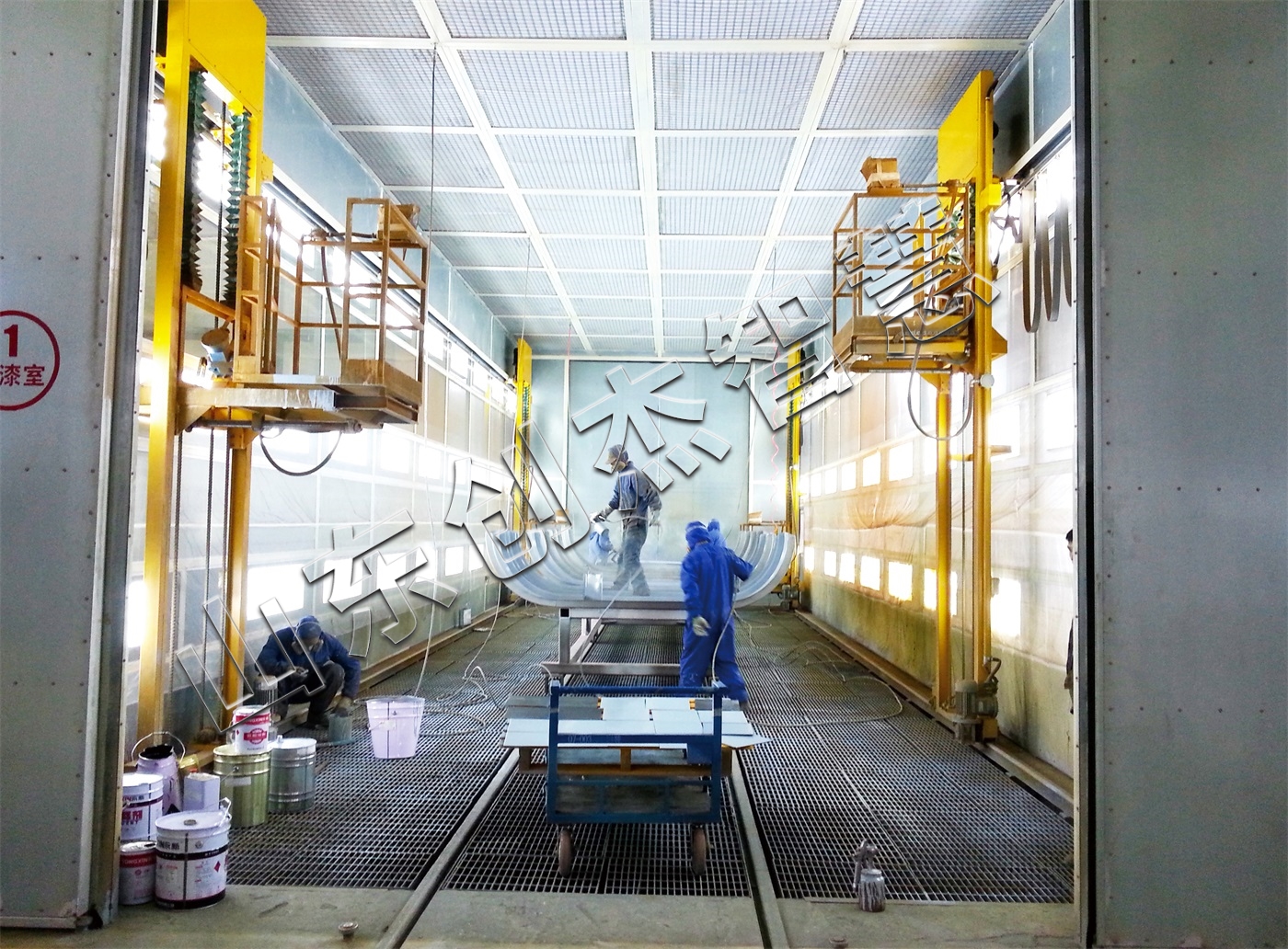
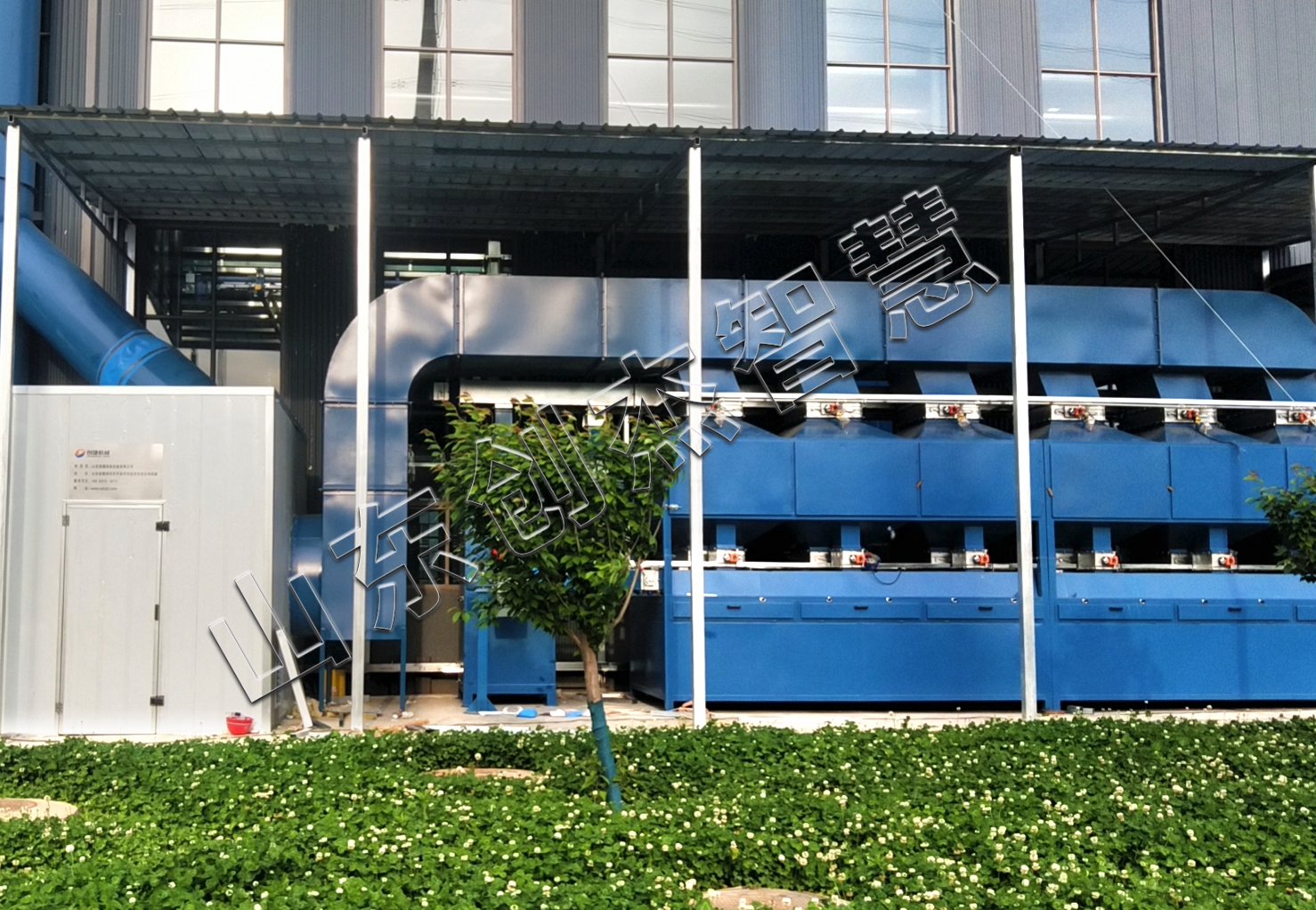
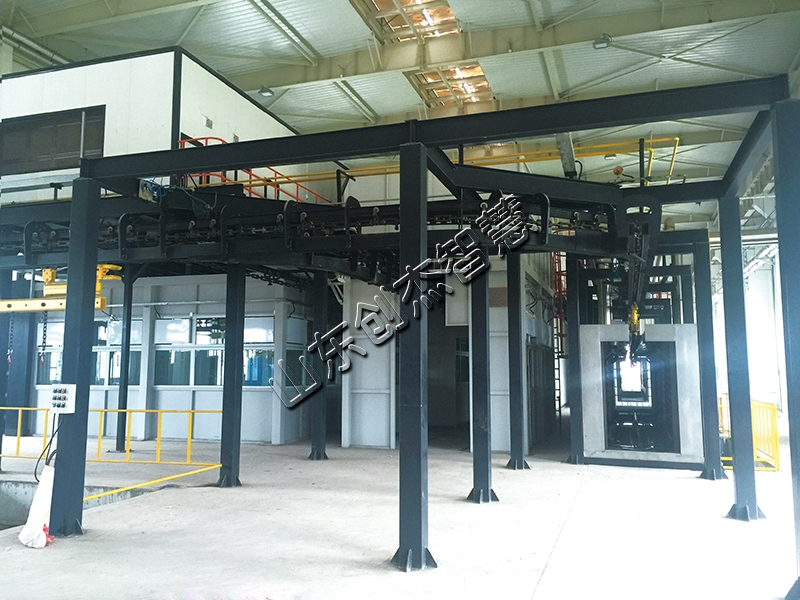
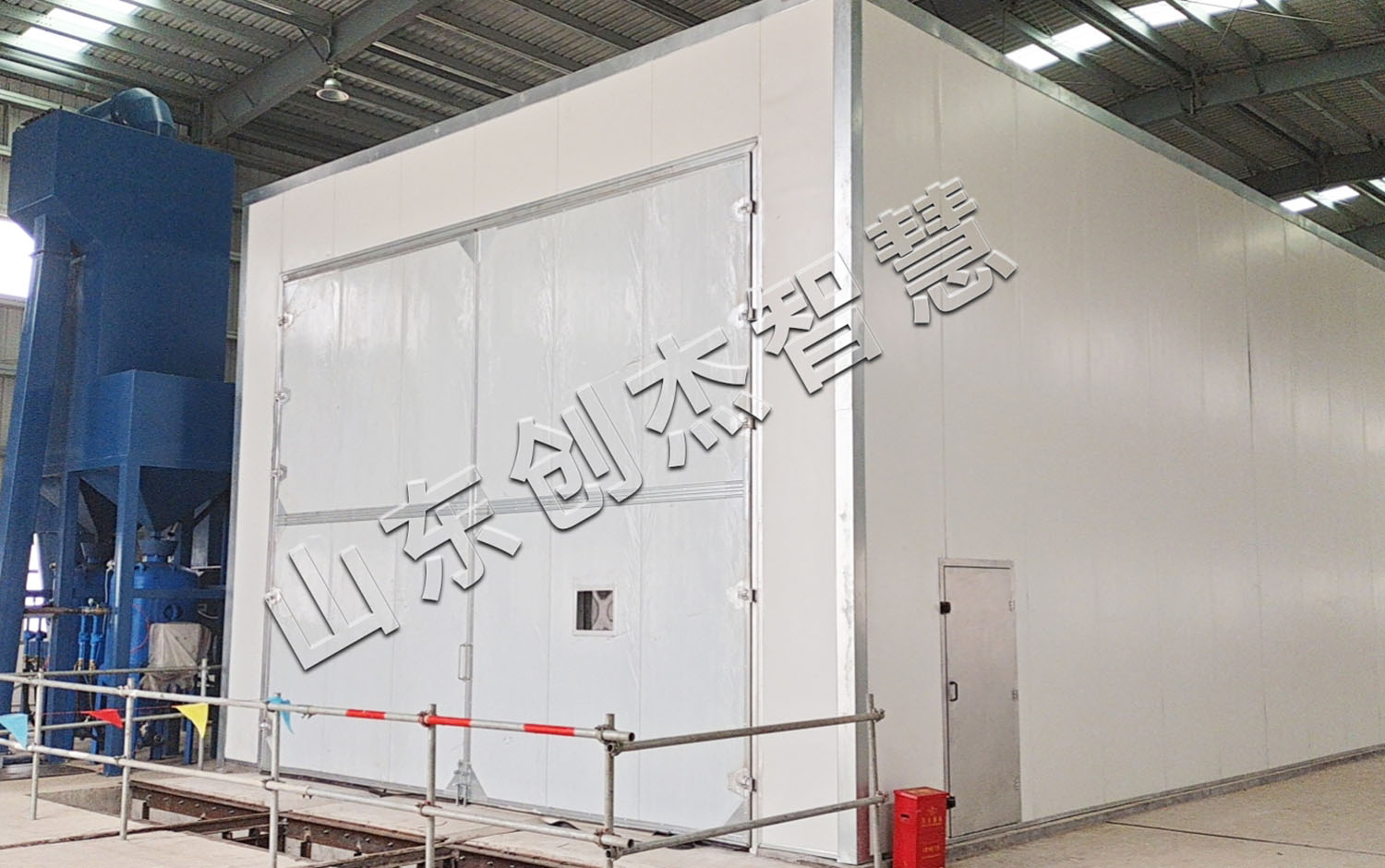
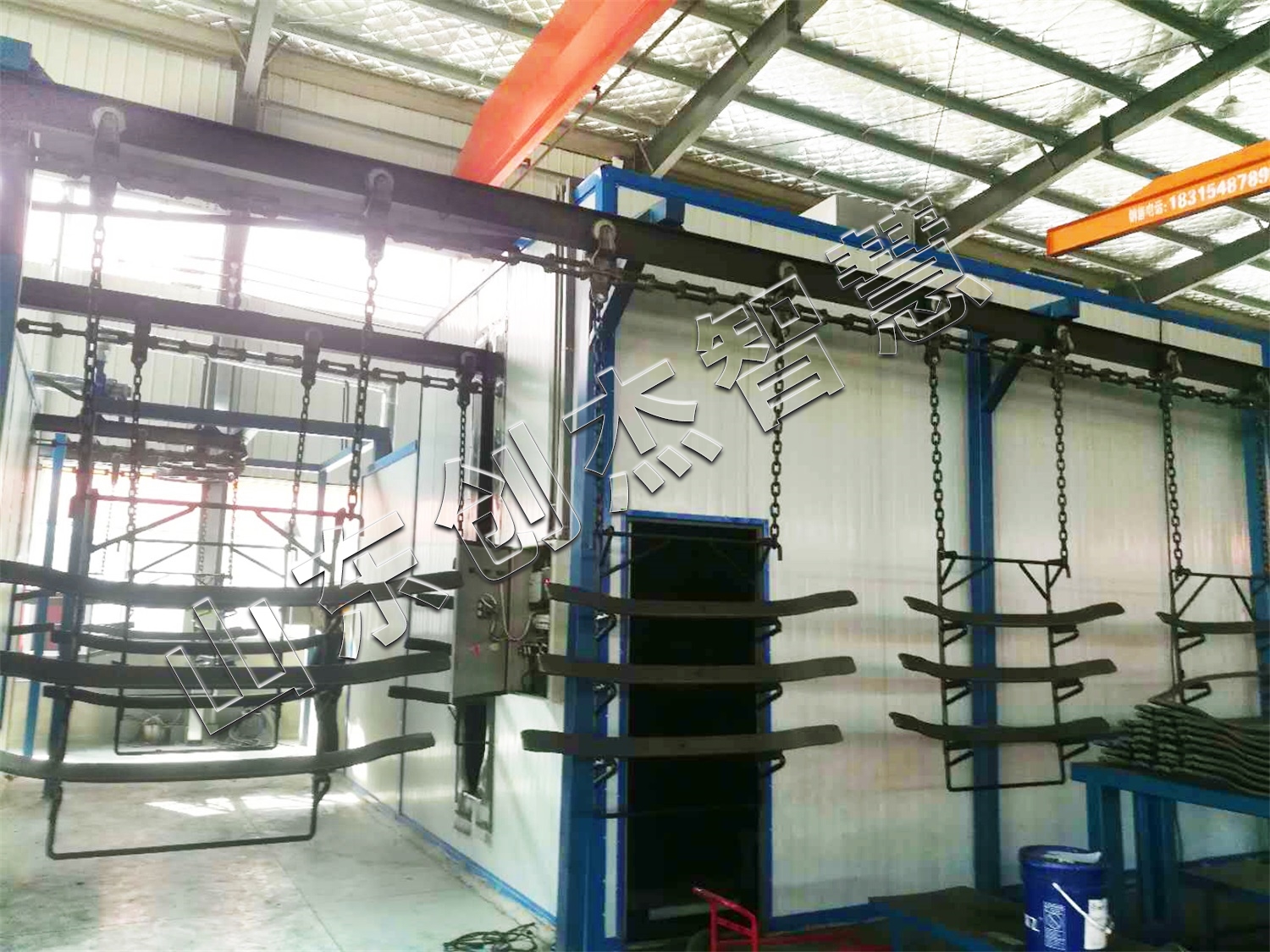

 鲁公网安备 37142502000144号
鲁公网安备 37142502000144号